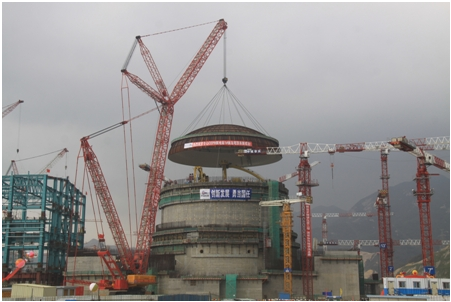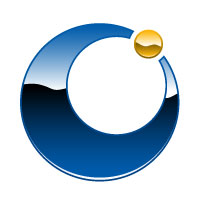There was recently a nuclear industry conference in London sponsored by the World Nuclear Association (WNA). In their own words, the WNA is made up of “members who are responsible for virtually all of world uranium mining, conversion, enrichment and fuel fabrication; all reactor vendors; major nuclear engineering, construction, and waste management companies; and nearly 90% of world nuclear generation. Other WNA members provide international services in nuclear transport, law, insurance, brokerage, industry analysis and finance.”
Of course, any industry conference will promote the industry attending the conference and the London WNA conference was no exception. Nuclear power was touted as being critical to fighting global climate change. Exxon called for doubling the number of nuclear power reactors in the world by 2040. This would require that about four hundred new reactors be built and brought online in the next twenty six years. This would, of course, insure the viability and profitability of the nuclear reactor industry for decades.
Exxon Mobile presented their report Outlook for Energy that “bases its findings on data from 100 countries across the globe, looking at 15 demand centers and 20 fuel types. It also takes into consideration the technology and policy issues underpinning the world’s energy situation.” They concluded that nuclear was the cheapest low CO2 energy source and that alternatives like wind and solar had “significant grid knock-on costs.” If you will forgive my cynicism, I doubt that their analysis was unbiased. I will be posting future articles on the Exxon report.
The head of the European Union’s Nuclear Energy Agency called for greater transparency in pricing of energy sources. He was claiming that the only reason that sustainable alternatives had shown such explosive growth in the past few years was because of large subsidies. I have to admit that I am in favor of more transparency myself. I think that it is safe to say that had all the externalized costs in the fossil fuel industry been folded back into the cost of energy, sustainable alternative sources would be much cheaper. Fossil fuels have enjoyed massive subsidies and most of their astronomical profits would vanish if their subsidies were pulled by the U.S. Government. As for nuclear power, it would not exist if not for the nuclear weapons race during the Cold War. As far as transparency goes, if all the externalized costs of nuclear power that are not included in estimating the cost of nuclear power were included, it may be that it never was an economical source of power.
With respect to CO2 calculations, a little transparency would be helpful too. It has been estimated that it can take up to fifteen years for a nuclear reactor to offset the CO2 generated by mining, refining, construction, transportation, and waste disposal associated with nuclear power.
I would be overjoyed if there was an honest global discussion of the real costs associated with each of the sources of energy that are currently in wide use. I am confident that sustainable alternatives such as solar, wind, hydro, and geothermal would win over fossil and nuclear by a wide margin.
World Nuclear Association Logo:






